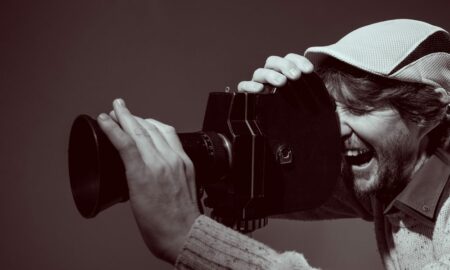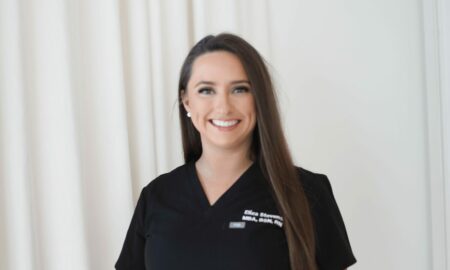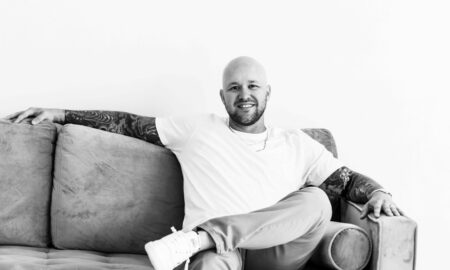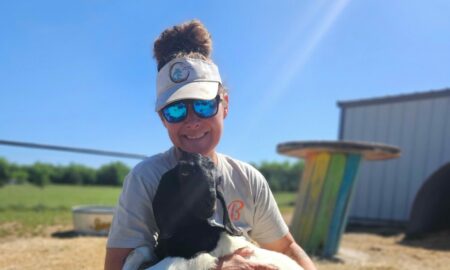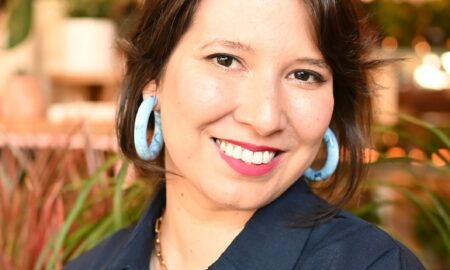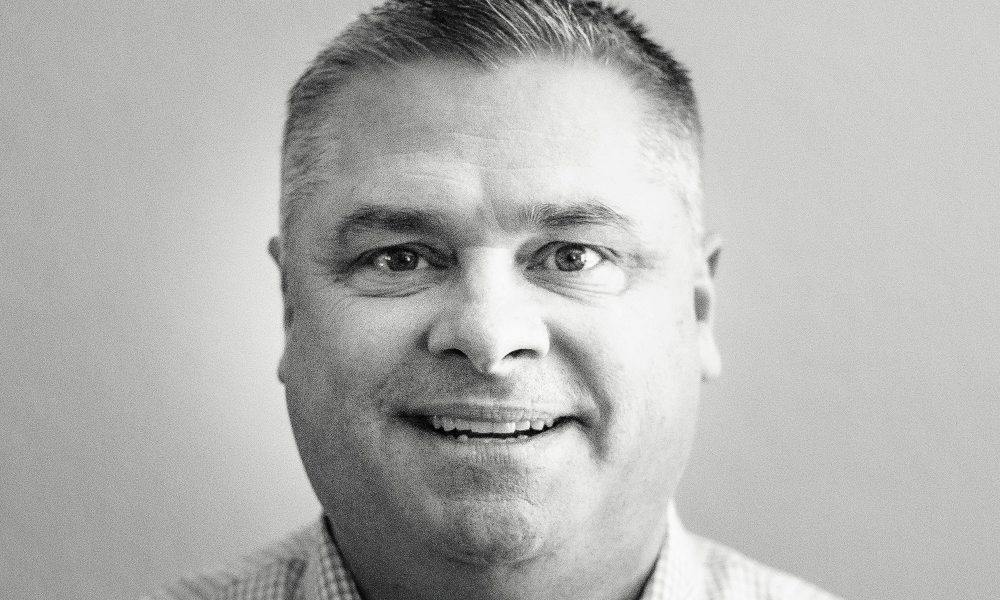

Today we’d like to introduce you to Randy Barker.
Randy, can you briefly walk us through your story – how you started and how you got to where you are today.
Originally from Ottawa, Canada, my wife and I moved to Dallas 23 years ago so I could open the first U.S. office for a Canadian based technology staffing company. We had only been married seven months, and we saw it as a neat adventure that we thought would last just a year or two. However, we fell in love with Dallas, the people, and for me, the Dallas Stars (Go Stars!!). We chose to make Dallas our long term home, and I decided to make the jump from employee to becoming a business owner, self-employed.
We’re always bombarded by how great it is to pursue your passion, etc – but we’ve spoken with enough people to know that it’s not always easy. Overall, would you say things have been easy for you?
Given that our focus in each company has been to help solve problems, it has not been a smooth road as problems are literally part of the path. However, tackling problems through the use of technology and working with great people are what have made the journey so enjoyable and successful. For example, when data visualization in business was really taking a step forward, touch technology was also increasing in popularity. However, there were limitations around size and capability. Specifically, the hardware necessary to showcase our software did not yet exist in the form we needed. To achieve the progress we were seeking, we were forced to build/create new hardware and processes. This required us to not only learn new technologies and use cases but also to rethink how we approached our understanding of data visualization. Experimentation was essential, and that included its fair share of frustration along the way. However, failure led to new insights, which in turn lead to changing the questions we ask. As positive outcomes started to materialize, we were able to build on each of these steps.
For instance, when we worked on a project for Procter & Gamble (P&G), we didn’t stop at just building them a 7-foot interactive touch table and software platform. Instead, we pushed ourselves to a higher level, and a better outcome, when we were able to take the 2D output from the table and project a complete interactive three-dimensional version of the store onto a large screen for better viewing and usability. We accomplished this by using real-time 3D game engines, which are used to develop video games. Combining photo-realistic imagery and adjacency calculations to the visual output, it completely transformed the way P&G was able to create and showcase store layouts for their clients, such as Walmart and Walgreens. Instead of a client trying to understand their store and business from only an excel spreadsheet or 2D viewpoint, they were able to actually see and interact with their store in a real-time 3D environment. This new perspective dramatically helped improve P&G’s ability to optimize the layout of a client’s store and increase shopper engagement.
Additionally, a really cool byproduct of all that hard work and learning was that we were able to use the same technology at DFW International Airport’s Fire Training and Research Center (FTRC). The FTRC is where firefighters from all over the world come to learn how to fight fires on aircraft. Traditionally the leveraged training PowerPoint and 2D images to show where specifically on a plane a firefighter had to go to turn off the fuel and other key steps to managing a fire onboard an aircraft. Using our technology, and in partnership with the DFW International Airport, we built a collaborative hi-tech classroom which has an interactive 3D environment for the firefighters to learn in. Firefighters can enter a virtual version of the cockpit of each type of aircraft and able to move around and see and interact with that specific aircraft. This interactive learning helped the knowledge retention level increase for the fire fighters. Ultimately, the more firefighters can learn and retain, the better equipped they will be to save lives.
Had we not taken the time to overcome the challenges/struggles of rethinking how to visualize data a couple of projects earlier, we would not have had this part of the solution to help DFW Airport train firefighters more effectively.
So let’s switch gears a bit and go into the FieldMed & Graphium Health story. Tell us more about the business.
Over the following couple of years, along with a pair of business partners who are brilliant technologists, we co-founded two technology firms. The first company concentrated on business intelligence. Our second focused on software products and platforms. However, the overall strategy was the same for both companies. Put, we partnered with industry-leading clients to help them solve their business challenges through the implementation of technology solutions. Essentially we are problem solvers.
With offices in Dallas and Austin, we were able to assemble smart, innovative development teams by employing some of the brightest technology minds in Texas. Our clients included: Neiman Marcus, American Airlines, Hewlett Packard (HP), Texas Instrument, Zales, Adobe, DFW International Airport, Pizza Hut, Center for BrainHealth – the University of Texas at Dallas, Fannie Mae, Procter & Gamble (P&G), and Deloitte. In 2010, Inc. Magazine ranked us as one of the Top 100 Fastest-Growing Private IT Services Companies in America. We were also the Technology Partner of the year for Neiman Marcus in 2014. The following year, in 2015, both firms were acquired.
In 2011, along with, and on the initiative of two gifted Fort Worth-based physicians, we founded Graphium health, a medical software company. Graphium is a mobile, cloud-based platform for anesthesia, which leverages data and knowledge to drive down medical costs, keep patients safe, optimize billing, and improve the healthcare experience for all. Currently, Graphium is in over 275 hospitals and surgery centers across the country.
In 2019 Graphium Health took a majority stake in the founding of FieldMed. FieldMed is the world’s first software platform designed to assist community paramedicine/health programs and teams so they can serve patients better, reduce costs, and securely track vital data in a single, unified platform. FieldMed will be rolling out a 911 platform offering in 2020.
Separately, I am a co-founder in a number of additional companies with some other amazing business partners. A couple of these companies include HR Vids, StreamDash, and empathiHR. HR Vids is a lightweight, versatile software platform that leverages video to help businesses with hiring, engagement, and retention. StreamDash, which debuts this spring, develops affiliate marketing programs for streamers, specifically those on Twitch or other game streaming platforms.
EmpathiHR, which is launching in spring 2020, is a video-based Learning Management platform focused on enabling businesses to shape their company culture through training their complete organization. EmpathiHR goes beyond just what is required by law to what is necessary for a successful work environment. For example, issues like inclusiveness, sexual conduct, and feelings of safety and security at work are top of mind for employees, management, and executive teams. EmpathiHR’s tag line is: “Shaping culture, one training at a time.”
How do you, personally, define success? What’re your criteria, the markers you’re looking out for, etc.?
I have always approached business with the goal of being able to solve problems and improve outcomes, whatever the industry or situation. From that perspective, success for me means when everything is said and done, are you a difference-maker?
Being a difference-maker is something that anyone can be. It does not matter at what stage of your career you are at. This distinction is extremely important because it almost always takes a group of people to accomplish something of significance. It takes everyone contributing and working toward a collective goal to make a business or project successful.
I firmly believe it is important to be a difference-maker consistently. Daily. Making a difference in the small things is actually foundational to being able to be a difference-maker on the big things. The small things add up. The key is each person needs to choose to make a positive impact, to be a difference-maker. Some people choose not to.
For those that say yes, they want to be a difference-maker, the benefits extend well past the apparent business outcomes. There is a reward of satisfaction in seeking and achieving excellence. The advantage of learning and growing from an intellectual and personal perspective is essential to everyone’s sense of wellbeing. No less important are the valuable relationships developed and cultivated with like-minded individuals with whom you engage.
Most importantly, many of the best difference makers I know have chosen to make a difference in areas not related to business. However, they all stand out from the crowd because they solve problems. They make a positive difference in the lives of others because people matter.
Therefore, I would define success, whether it is in business, your personal life, your faith, your family, or with strangers as the ability to make a positive difference in whatever situation you face and especially the lives of others. Be a difference-maker. We need more difference makers.
Contact Info:
- Website: http://www.fieldmed.com + https://graphiumhealth.com/
- Phone: (877) 828-6207
- Email: info@fieldmed.com
- Facebook: https://www.facebook.com/FieldMedTeam/

Suggest a story: VoyageDallas is built on recommendations from the community; it’s how we uncover hidden gems, so if you or someone you know deserves recognition please let us know here.




